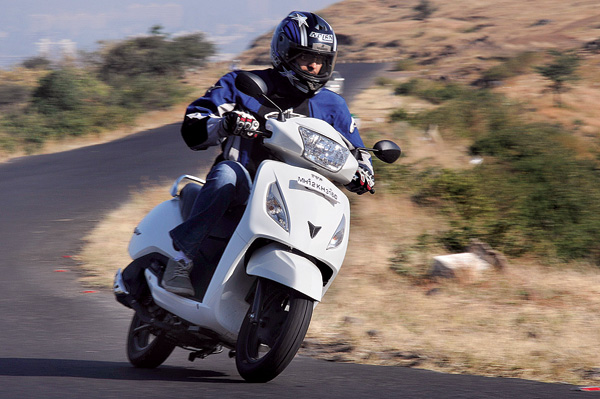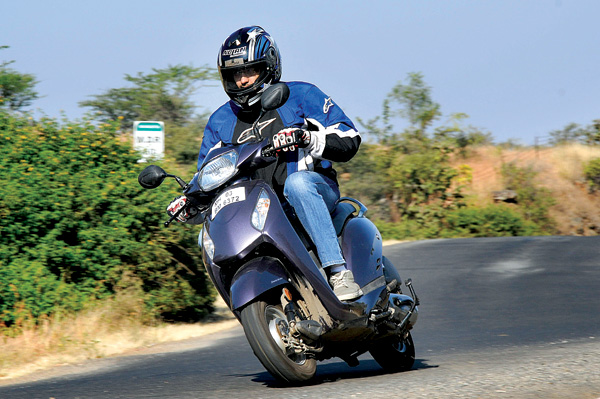The automatic scooter segment has shown steady growth in India, capturing an ever increasing market share over time. Honda has ruled this roost for over a decade now, with no signs of any slow down at its end. The world acclaimed two-wheeler giant recently rolled out a new model, the Activa-i, an automatic scooter that’s mechanically similar to its best-selling Activa, but with new styling and a set of non-metal body panels. Meanwhile, TVS Motor Co. has been toiling to develop an Activa-beater, towards which it just rolled out a new challenger in the Jupiter. The stylish TVS comes with some first-in-class features, sure to catch the attention of buyers.

Let’s find out which of these charismatic scooters has what it takes to pass the chequered flag before its rival.




